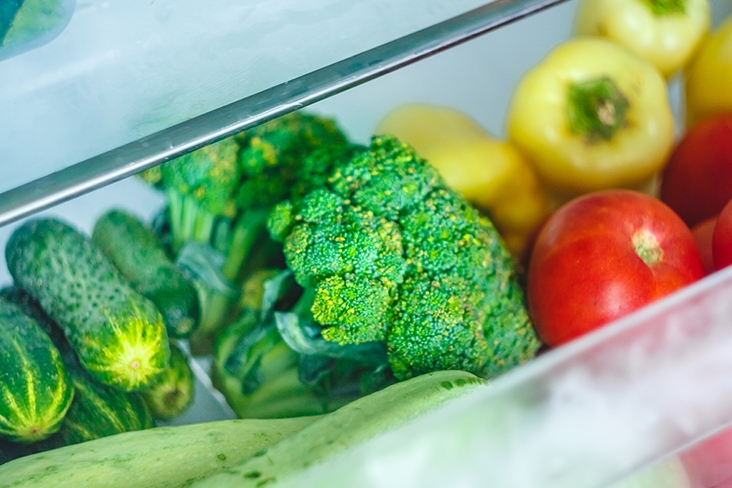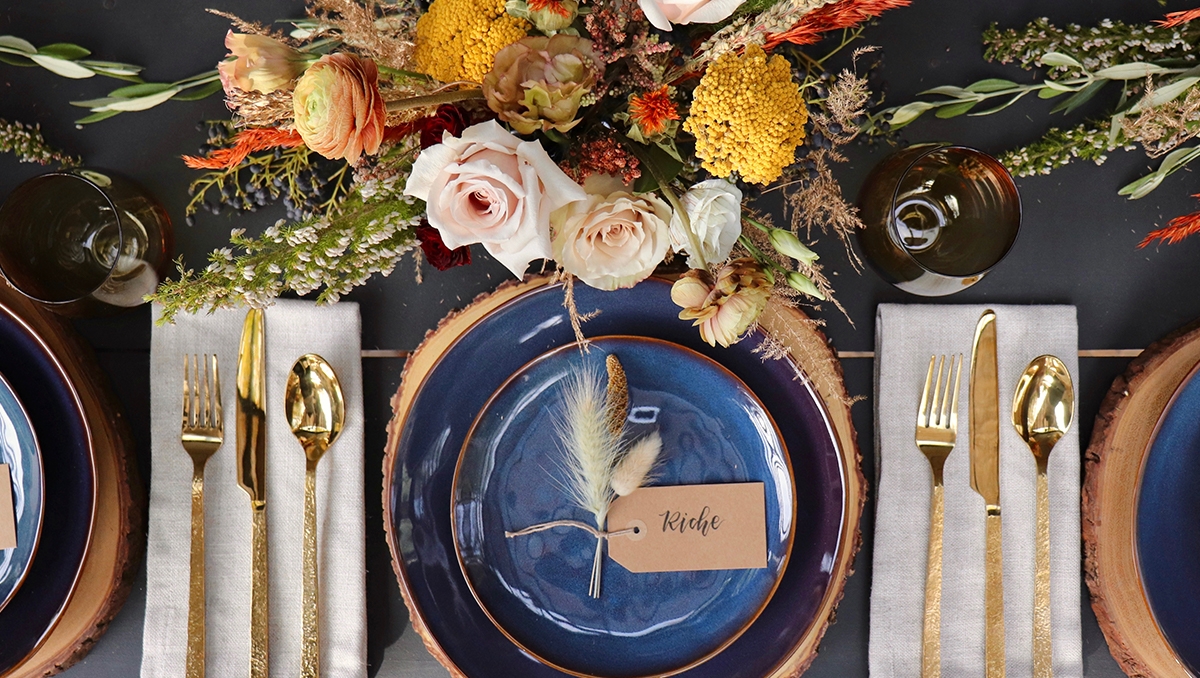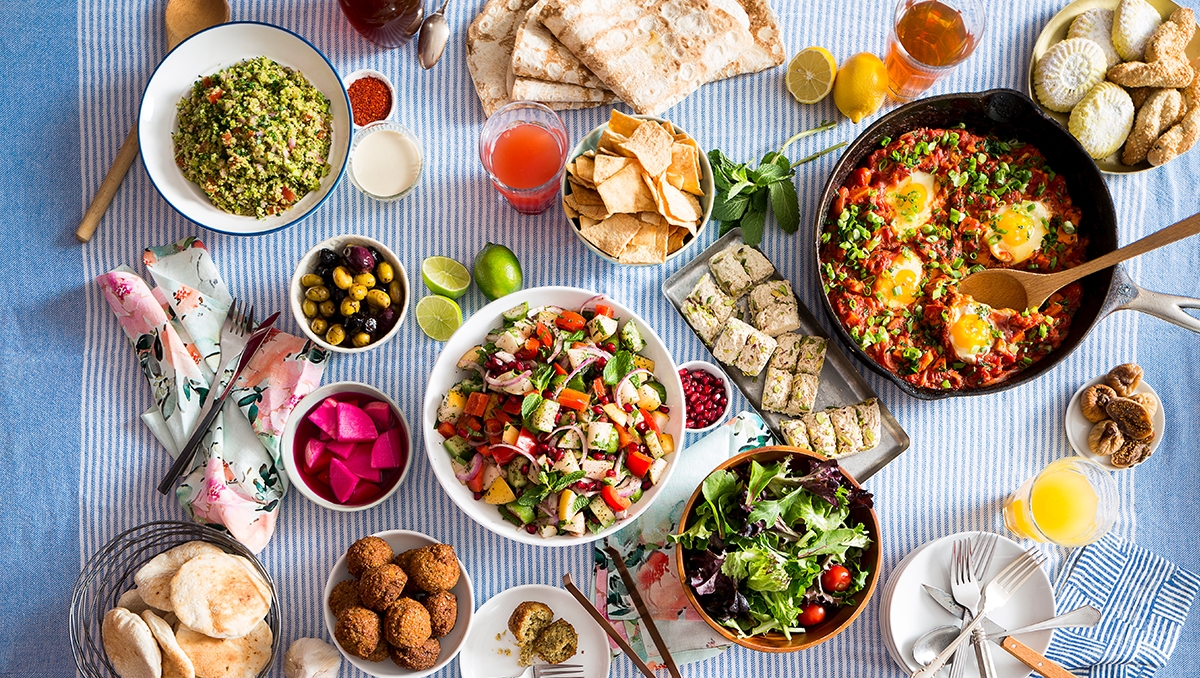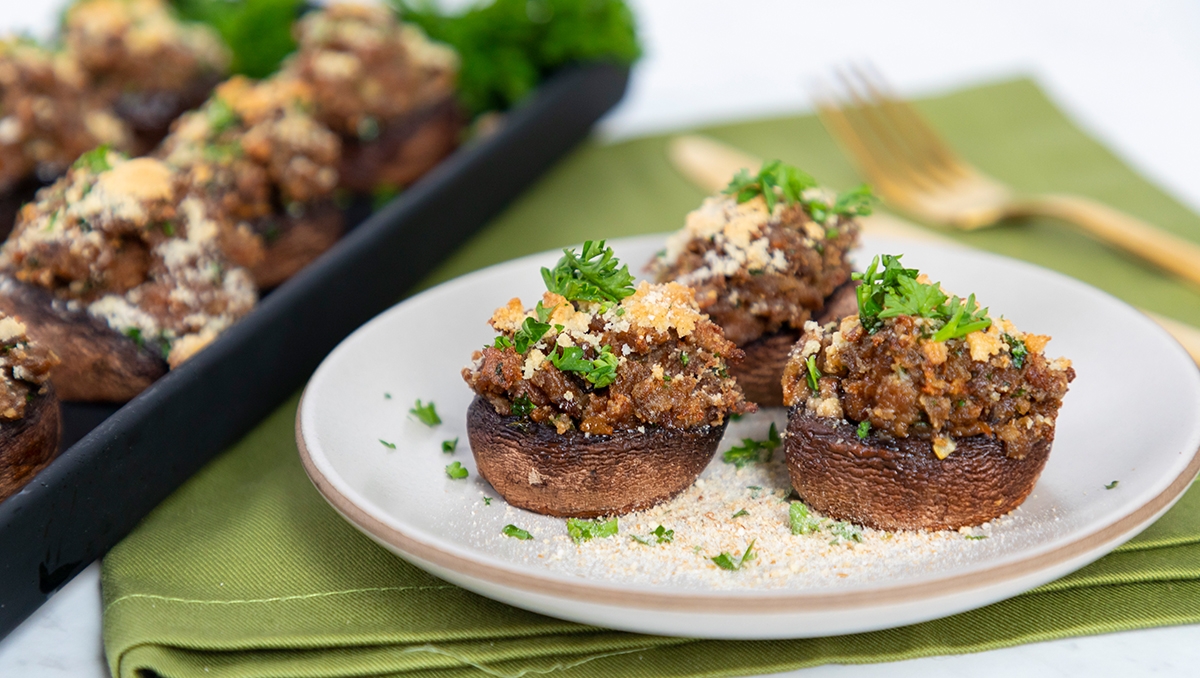If you emptied your refrigerator right now, what would you find? Even the most careful cook is bound to have some kind of skeleton in the crisper drawer: month-old takeout, molding sour cream or a slimy bunch of spinach hidden under the fresher vegetables.
It may not seem like a huge deal to trash one plate of leftovers. But collectively, these small choices make a big impact on the health of our planet.
An alarming 63 million tons of food goes to waste in the United States every year, and 43% of that comes from people tossing food at home, according to ReFED, a nonprofit group working to prevent food waste. That averages to 238 pounds of at-home food waste per person per year.
As food festers in landfills, it releases ozone-destroying greenhouse gases, including methane, a major contributor to climate change. Also consider the resources that were spent to get that food to your table, such as the water used to irrigate crops, says Dana Gunders, executive director of ReFED and author of Waste-Free Kitchen Handbook. “When you throw food out, you’re throwing all of that out with it,” she says.
With some tweaks to your shopping and cooking routines, you can reach a point where you’re using nearly everything in your fridge before it spoils. Try these 11 ideas from environmental activists, chefs and home cooks.
1. Store Food Strategically
Don’t stick apples in the veggie bin, says Graydon Lawson, founder of Instagram account Reduce Waste Now. As they ripen, apples, bananas, melons and avocados all release ethylene gas, which will turn leafy greens yellow if they’re sharing a drawer with the fruit.
Another common mistake: storing milk in the fridge door. It’ll last longer if you put it on a shelf toward the back, where it won’t get a direct blast of room-temperature air every time you open the fridge. Use the door for items with longer shelf lives, such as condiments and juices.
2. Try These Apps
Smartphone app eMeals helps you plan your week’s menu and shop accordingly so you don’t overbuy. List Ease shares real-time grocery lists between phones so you and your housemate don’t both replace the milk. CozZo tracks what you have on hand and tells you what’s missing to make selected recipes.
3. Use Stems, Tops and Ends
Local Roots NYC, a produce subscription service in New York, teaches people how to use food bits that are often discarded. Carrot tops add a nutty note to broth, says founder Wen-Jay Ying. Stems from kale, chard and collard greens can be quick pickled (soak for at least a few days in equal parts vinegar and water with a pinch each of sugar and salt) for salads or puréed for sauces.
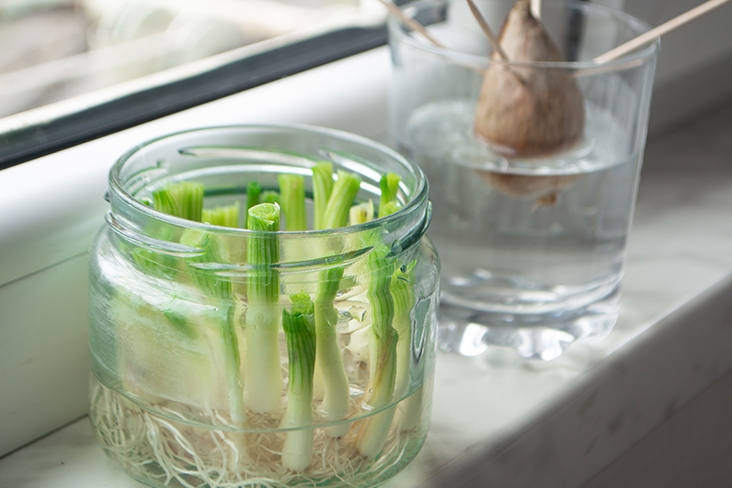
4. Water Your Herbs
To make fresh herbs last longer, snip off the very ends and refrigerate bunches in a drinking glass with a couple inches of water like flowers in a vase, says Lawson.
Herbs are surprisingly thirsty, so check on them daily and refill as needed. Water also helps extend the life of crudités. Submerge and store in the fridge to preserve carrot sticks for up to a month and celery for about a week. “It’s an easy snack,” Lawson says.
5. Embrace the Cleanup Meal
Dedicate one day a week to a catchall recipe that can be made with almost any protein or produce that’s about to go bad. Omelets are versatile, says Gunders.
Or make fried rice by warming a tablespoon of oil in a skillet over medium heat, then adding leftover rice and any veggies – a terrific way to use wilting scallions or softening garlic. Meat eaters can add leftover pork, chicken or beef.
Sauté for about three minutes, then clear a circle in the center of the skillet and crack in one egg for every cup of rice. Slowly mix the rice mixture with the cooking egg; your meal is done when the egg is no longer runny.
6. Stock Your Freezer
Think of your freezer as a pause button, Gunders says. To save fresh bread, spread out slices on a parchment-lined sheet pan and freeze for a few hours before moving the slices to a Pyrex® container or reusable silicone zip-top bag. That way, you can thaw only what you need. Do the same with bacon.
Rescue wilting herbs by chopping them, mixing with butter or olive oil and freezing in ice cube trays; the cubes are great for skillet recipes that call for oil or butter. Ice cube trays also work to freeze eggs. Crack them, whisk until just combined and freeze the liquid to use later for omelets (each cube is about half an egg).
Raspberries, blueberries and bananas freeze well, but fruits and veggies with higher water content, such as cucumbers and melons, will turn mushy when thawed – OK for sauces and smoothies, but not for snacking.

7. Reheat Like a Chef
Leftovers are one of the biggest categories of food that gets wasted, which Gunders finds frustrating. You’ll be more excited for round two of a meal if you reheat it properly so it doesn’t turn soggy. This can get complicated. Generally speaking: If a dish was made in the oven, reheat it there; if it was made on the stovetop, fire up the burner.
Set the oven at a low temperature – no more than 350 degrees – and have patience. Pizza is an exception; it does well at 450 degrees for five minutes on a pre-warmed pan. If you must use the microwave, cover the dish with a damp paper towel. This creates steam that brings food back to life without drying it out.
8. Turn Trash to Treasure
Crusty old bread can be cubed and toasted for croutons or grated into breadcrumbs. Bacon drippings can be used to cook eggs or sauté vegetables. A rock-hard hunk of Parmesan adds amazing flavor to soups and pasta sauce. Toss the cheese in whole while cooking, and remove what’s left of the rind before eating.
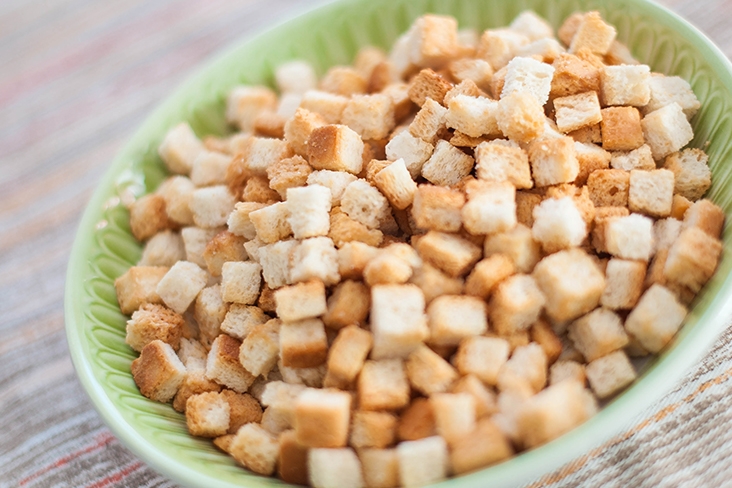
9. Make a Wine Sauce
Turn leftover wine into a buttery sauce for meat or vegetables. To make beurre blanc, simmer a half cup of white wine with a half cup of white vinegar and two tablespoons minced shallots. As the liquid evaporates, so does the alcohol.
Cook until there’s just a couple tablespoons of liquid left, remove from heat and whisk in two tablespoons of cold butter. Add the remaining butter (two sticks total) a tablespoon at a time over low heat. Season with salt and pepper. You can make beurre rouge by swapping in red wine and red wine vinegar.
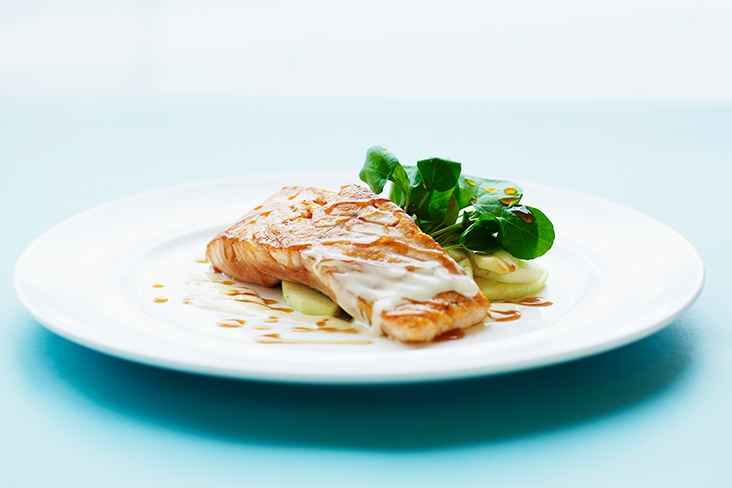
10. Trust Your Nose
People often mistake the sell-by date as the expiration date and toss food that’s still good, Gunders says. Even a use-by date is more suggestion than rule. “The dates on food are indicating when a food is at its peak,” Gunders says. “Most products can be eaten well after that date as long as they look fine, smell fine and taste fine.”
11. Start a Use-Now Bin
The most direct path to a zero-waste fridge is staying on top of what you need to use up. Lawson suggests placing a transparent refrigerator organization bin at the front of the fridge for ingredients on their last leg.
